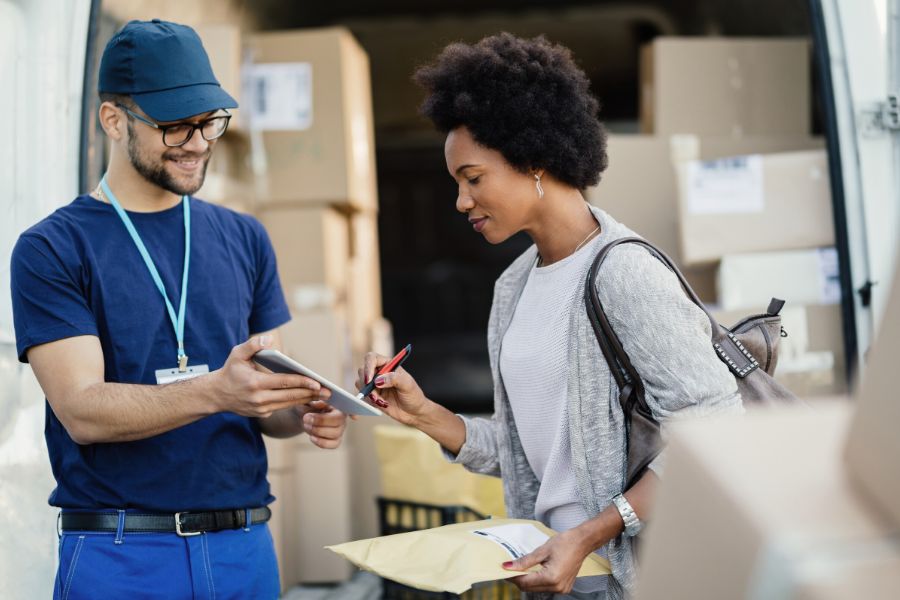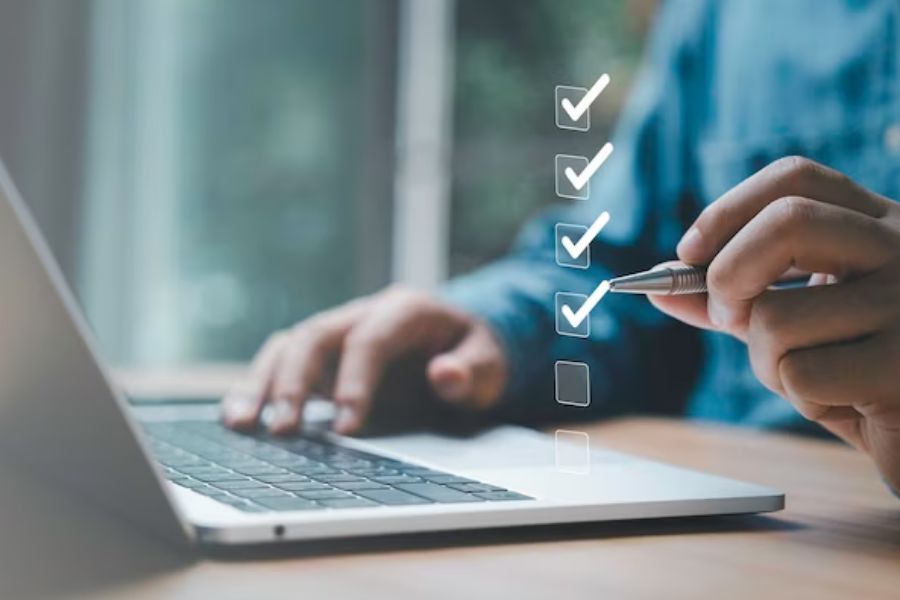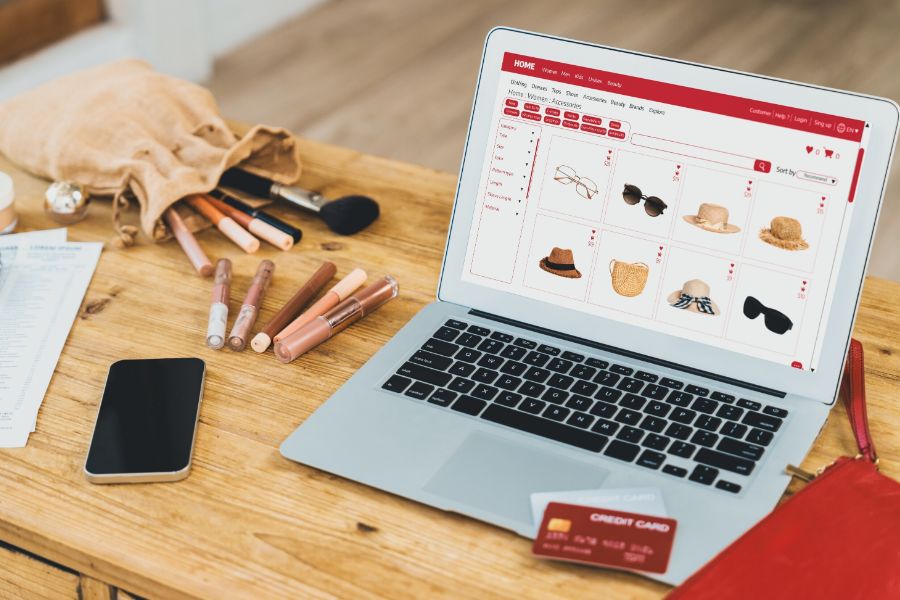To fulfill customer expectations, retailers are now using the BOPIS concept. BOPIS, or buy online, pick up in-store, is a great way for businesses to increase in-store foot traffic while connecting their offline and online experiences. During the COVID-19 epidemic, the click-and-collect alternative has garnered considerable attention. For this reason, we will explain “How does in-store pickup work?” in this blog and some of the most successful examples of this practice in the retail world.
What is in-store pickup?
In-store pickup is often a part of BOPIS, a common practice nowadays in the retail industry. What is often known as BOPIS stands for buy-online-pickup-in-store. As buyers become too busy to explore things in-store and prefer to buy online, the practice of selling BOPIS has expanded in popularity.
In fact, research in 2019 has shown that approximately 45% of worldwide buyers buy online and pick up in-store, giving them a more flexible option to buy and get their products. Indeed, BOPIS enables merchants to engage customers by combining online and in-store experiences while also providing a more convenient shopping experience.
In-store pickup can take various forms. It can be curbside pickup when customers do not have to leave their vehicles (i.e. car) to receive the purchased package. It can also be buy online return in-store, or reserve online pick up in-store (customers wait until when they pick up in-store to make the purchase).
In whichever form it takes, in-store pickup still plays an important role. What is the one thing that all of these models share in common? They offer a clear approach to connecting the online and offline retail experiences. This allows customers to easily go from one to the other. So the next question is, what are the benefits of these retail practices?
Indeed, in-store pickup can bring a lot of benefits. The most visible advantage is convenience – customers can freely choose what is the most convenient for them. Moreover, consumers can also save delivery costs as they directly come to the store by themselves. Furthermore, in-store pickup methods can also minimize the return rate. This is because customers can check the items in real life before completing the buying process.
Now that you know the overview of in-store pickup, let’s move on to the process of how does in-store pickup work.
How does in-store pickup work?
Overall, customers desire a variety of options and flexibility in how their orders are fulfilled, as well as the ability to conduct purchases and returns promptly and easily. To cater to this need, from the most general view, this is how in-store pickup often works:
Customers place an order via online platforms
When it comes to BOPIS, it’s important for retailers to provide convenience by allowing customers to finish purchases online or in-app while also picking a pick-up time and store location. The consumer may choose when and where to pick up their items.
The company fulfills the order
If the item is in stock at the customer’s preferred local store, a shop associate may quickly find, choose, and pack the order to be held for the customer using an app. When it’s ready, the employee can notify the client through email or text message that it’s available for pickup. This saves consumers a lot of time in the aisles.
If the shop does not have the item in stock, the associate will have to order it from a nearby store or warehouse. The customer will be alerted when it arrives, and it will be ready for pick-up at his or her chosen location.
Very often, during this process, businesses automate their fulfillment to save labor costs and minimize errors. Order fulfillment automation can provide store owners with real-time local inventory visibility, so that they can notify customers if the products are actually in stock or not. In this aspect, we would like to recommend using a point of sale (POS) system, such as ConnectPOS. This software is powerful in omnichannel features, thus giving you the tools needed to run in-store pickup.
Customers pick up the order in a physical store
This is the final step. Customers can walk inside the shop to a designated online pickup location and have the items handed over to them by retail staff. As previously said, retailers are taking it a step further by offering curbside pickup, which allows customers to drive up to a store and pick up their purchases without ever leaving their vehicle.
Above all, consumers should be directed through the procedures for picking up their purchased items in either case. This includes getting a text message, push notification or email with a receipt or QR code for the order. There should also be quick and easy directions regarding where their item will be waiting in the shop.
Examples of successful in-store pick up practices
To demonstrate in-store pickup in real life, we’ve prepared 2 outstanding examples: Walmart and Target. These are the 2 retail giants in the US. Each of them has a unique in-store pickup practice that has been successful.
Walmart
For consumers on the go, Walmart provides curbside and in-store pickup options. Customers may shop Walmart’s extensive grocery variety online and have their goods delivered whenever it is convenient for them. Walmart’s grocery pickup service combines the simplicity of online shopping with the comfort of never having to leave the car. This comes at no extra charge.
Target
Target, like Walmart, is using BOPIS to make shopping easier and more convenient for customers. Customers may order things from Target.com or the app and pick them up at their local store using Order Pickup. Furthermore, Target’s Drive Up feature lets consumers select from hundreds of products in the Target app and receive notifications when their purchase is available for pickup. Customers should park in the specified area, and employees will arrive to load the vehicle.
Wrapping up
Now that you’ve known the answer to the question “How does in-store pickup work?”, it’s time to think about implementing it in your store if you think it can be beneficial. We hope that the information and examples of the outstanding in-store pickup practices mentioned above can more or less inspire you during this process.
Are you interested in ConnectPOS and want to know more about our omnichannel mission? Our team is always ready to help! Don’t hesitate to contact us if you have any questions.



